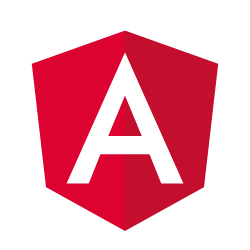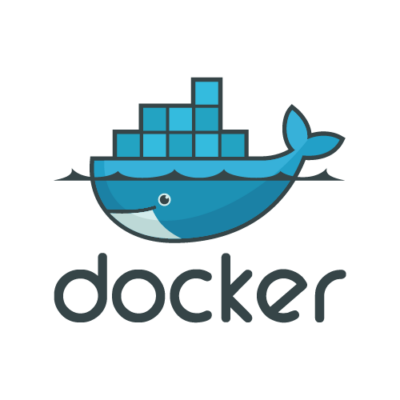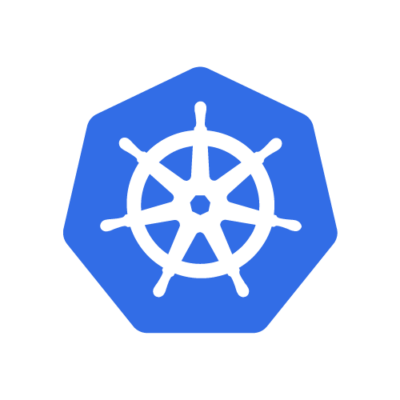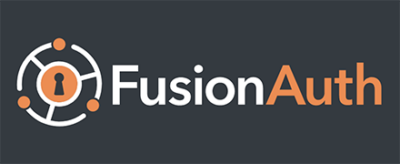This website uses cookies so that we can provide you with the best user experience possible. Cookie information is stored in your browser and performs functions such as recognising you when you return to our website and helping our team to understand which sections of the website you find most interesting and useful.

Customer
Since 2021, we have been working with a German logistics company that needed to streamline the flow of supply chain operations.
Customer need
The client decided to cooperate with VM.PL’s development teams in the development of the company’s digitalization. The goal of the cooperation was to ensure flexibility in logistics processes and achieve better performance-related results.

Our solution
Together with the client, we discussed the vision and goal of the project, and then, based on the requirements, we put everything together. The projects we are currently working on are based on the client’s legacy system, which will ultimately be completely replaced by a solution created by VM.PL engineers. Over time, the project has split into two main parts: order processing logic, inventory, interaction with the legacy system, and a commercial aspect allowing salespeople to search for items, compare prices, and send offers to customers. We have also developed several smaller applications to support the project, which we use simultaneously.
One of the projects was to build a solution to handle orders and inventory. Understanding the specifics of this business domain and the numerous technical aspects of the products required solid industry knowledge and collaboration with experts. We also overcame the challenge of integrating the IT system with an existing legacy solution, and it also required the VM.pl team’s expertise. They will be able to align the new software with the infrastructure and ensure seamless data migration.
Our team was also responsible for developing software offering goods from multiple suppliers in one place. The main goal of the project is to integrate the client’s and suppliers’ inventories, making possible to search for items currently available on the market.
The project also needed a platform to create different communication between the client’s applications. We decided to implement event-driven communication (Event-Driven Architecture) using message queuing tools. Implementing asynchronous communication allowed it to maintain independence from application availability, according to the queuing idea.
Results
Metrics show that the implementation rate of new changes has increased by 70%. Today, warehouse processes are processed much faster, as similar orders are collected together. What’s more, the real operation of the application on a daily basis has a great impact on the specialists in the project, who feel satisfaction with the completed product.
Technologies









Design, Development, DevOps or Cloud – which team do you need to speed up work on your projects?
Chat with your consultation partners to see if we are a good match.






